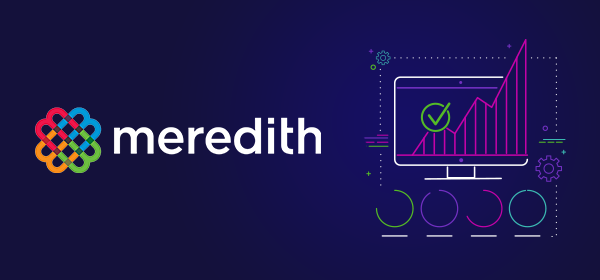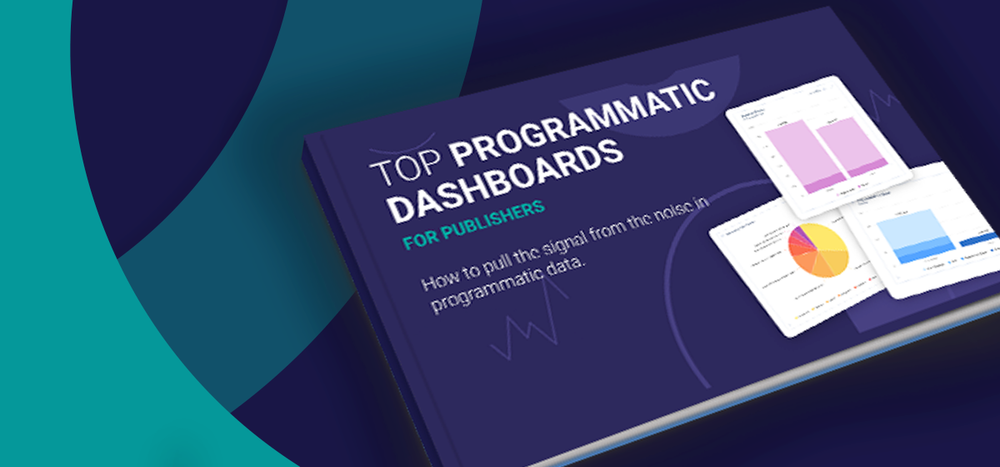It is any seller’s goal to get the most they can for what they are selling. The same is true in digital advertising, but achieving better prices as a publisher is more complex than selling everyday products. Inventory is a finite resource, and the scale and speed of the programmatic space can be tough to keep up with. Plus, it is not all about increasing your revenue. If your data management and workflows are inefficient, it can also limit your ability to find revenue-generating opportunities.
But how do you find the best possible price? One answer is a dedicated process that is commonly known as yield optimization. Let’s go over the basics.
Yield Optimization Explained
Yield optimization is a combination of data analysis, testing and management that publishers conduct to better understand and improve the value of their inventory. It is also a way to evaluate how to position premium units for maximized revenue and fill rates. It typically occurs within two distinct channels of programmatic revenue.
Standard Programmatic
Standard programmatic is the real-time auctioning of publisher inventory on a massive scale. This revenue data is your chance to see which ad units are most desirable on the open market, and which might be struggling to get sold at the right price. It is also possible to segment programmatic data along other important parameters like partners and exchanges. That way, you can construct a holistic view of your inventory based on where it is performing best and why.
Programmatic Direct and Private Marketplace (PMP)
As the name suggests, Programmatic Direct is a blend of programmatic and direct advertising. Instead of simply auctioning inventory to the highest bidder, Programmatic Direct brings the automation of programmatic sales to the more personal (and more publisher-friendly) realm of direct-sold deals.
PMPs allow publishers to sell their inventory programmatically in an invite-only environment to the specific advertisers and brands with whom they want to transact. This is an ideal setting for publishers to understand how their ideal partners perceive their available inventory. Additionally, standard programmatic optimization can reveal opportunities for PMP or programmatic direct deals on high-performing sites or platforms.
The ABCs of Yield Optimization
An effective yield optimization strategy starts with clear and holistic data. This includes comprehensive insights on both performance and media quality. Once the necessary data is collected and you know which programmatic channel you’re focused on, yield optimization requires meticulous analysis, testing and reporting in order to identify and act on new opportunities.
Though yield optimization can require publishers to invest initial time and resources, the reward is well worth that investment. This is especially true when demand is volatile, because it empowers publishers to generate the most revenue possible from every opportunity available and continue driving toward annual goals.
Consider these best practices when developing or refining your own approach:
A - Analyze data to inform decisions
When analyzing historical data, pay close attention to metrics like CPM and CTR. The former ensures your revenue continues on an upward trend, while the latter ensures your audience is engaging with the ads that they are experiencing on your site. Both are vital indicators of effective optimization.
In addition to general inventory insights, you can segment your historical data along a number of helpful dimensions like creative size, partner, device type, geographical region and more. This will help you identify your top performers in any situation.
For even more tips on analyzing your programmatic data, download our Programmatic Dashboards Playbook.
B - Breeze through remnant inventory
Once you have a clearer view of your demand sources, your optimization strategy can even extend to your struggling inventory. Remnant inventory requires finding the right programmatic channels to maximize CPMs. This enables you to improve performance across your sites, and it has the potential to raise the overall price floor of your inventory.
C - Clock your progress with time-based tools and metrics
Revisit your data often to verify that your work is paying dividends. Consider utilizing variable elements like dynamic floor pricing to take advantage of your current demand in real time.
A/B testing is another way to keep up with the variables of how buyers perceive your inventory in terms of brand suitability, fraud and viewability. By segmenting your inventory and measuring user response, you will gain valuable insights into audience engagement and media quality. The best part? The entire process can be conducted through DV’s Inventory Quality.
One of the most important aspects of yield optimization is taking full ownership of it and giving your team the resources to do it efficiently. No two publishers are alike, so your best optimization strategy is one that is tailored to meet your specific needs. Luckily, DV Publisher Suite offers powerful automation and reporting capabilities that make the process easier and get you to the fruits of your yield optimization labor faster. For more information, schedule a demo with us today!






